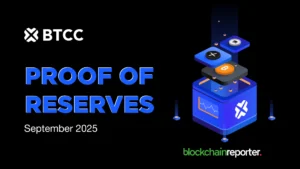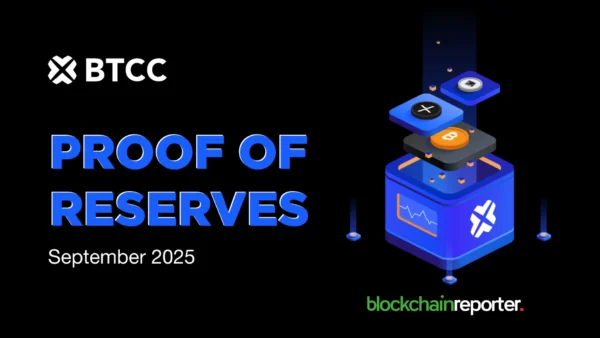
In a significant development for blockchain interoperability, Team Ripple announced on June 12, 2024, the integration of Ethereum Virtual Machine (EVM) compatibility with the XRP Ledger (XRPL). This advancement, encapsulated in the newly named XRPL EVM Sidechain, is poised to enhance the ledger’s utility by broadening its reach into decentralized finance (DeFi) and real-world asset (RWA) tokenization.
Emphasizing the belief that the future of blockchain is inherently multi-chain, Ripple’s update fulfills a key demand from its developer community. The XRPL EVM Sidechain aims to facilitate seamless asset transfers and operational efficiency between XRPL and EVM platforms, with wrapped XRP (eXRP) serving as the native asset and the gas token.
The XRPL EVM Sidechain will connect to the XRPL mainnet using the Axelar Bridge. This bridge is critical for enabling the transfer of assets and ensuring interoperability across networks. It leverages a network of validators to maintain security and efficiency, with eXRP easing the process as the primary medium for transaction fees on the sidechain.
As the launch nears, Ripple focuses on safeguarding the bridge to the mainnet and refining the overall experience for both users and developers. The collaboration with Axelar is a strategic move to utilize their proven bridge technology, recognized for its robustness and integrated by significant platforms like Uniswap and Microsoft.
Collaborative Efforts and Future Plans
The engineering collaboration with Peersyst Technology aims to enhance the sidechain’s interoperability capabilities. Peersyst CEO, Ferran Prat, highlighted the transition to Axelar for developing network bridges, underscoring the importance of a secure and streamlined user journey.
Ripple is also focusing on developing and implementing XLS-38, a foundational protocol for creating customizable sidechains on XRPL. This protocol allows for creating private chains or feature-enhanced XRPL versions, enabling developers to innovate and tailor solutions to specific needs.
Over the next 12 to 15 months, Ripple will monitor the adoption of XLS-38. Based on community feedback and the practical validation of its applications, it plans to update and potentially revise the protocol.








